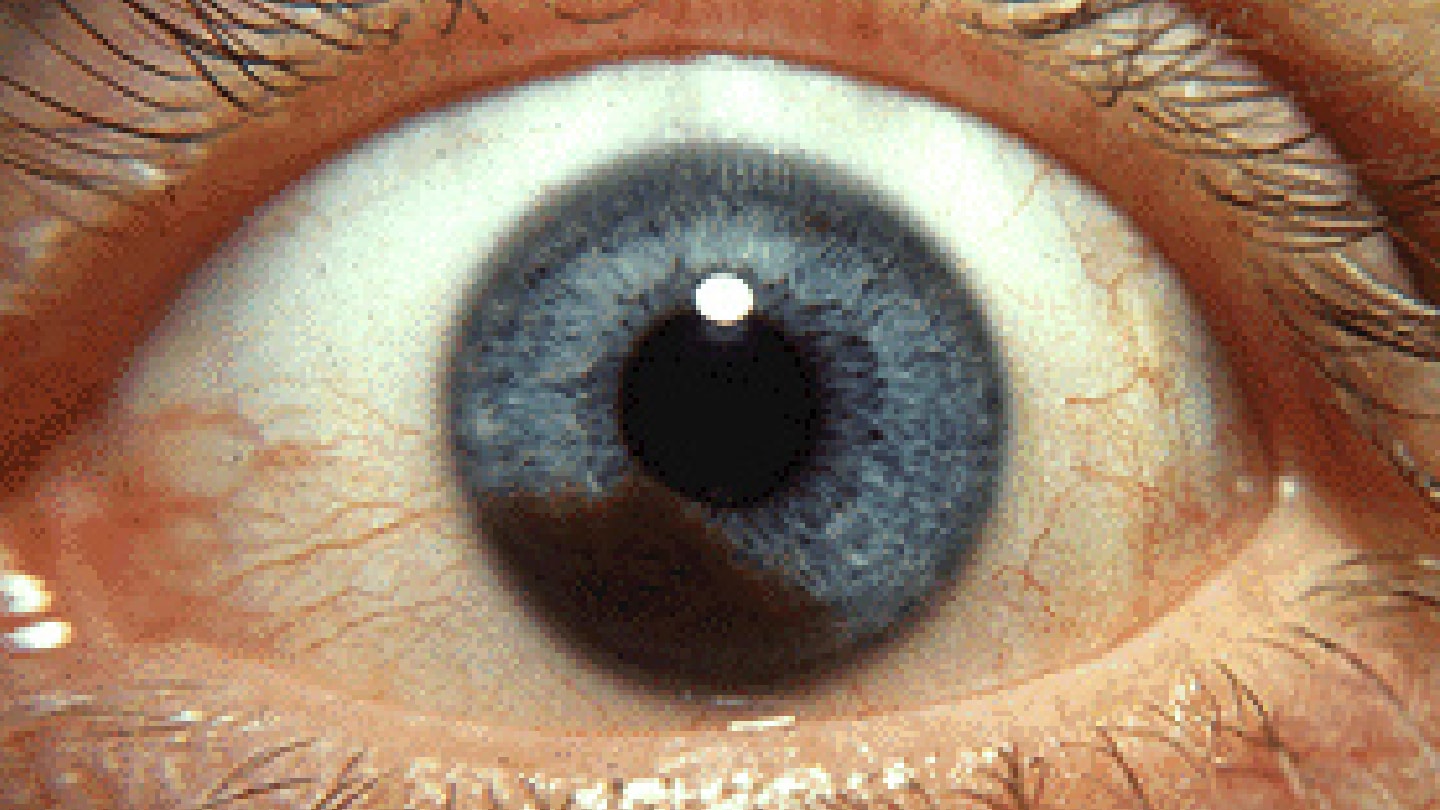
A study published recently in Cancers has reported an unexpectedly low rate of metastasis and death in patients with uveal melanoma treated with a combined approach of iodine-125 plaque brachytherapy, pars plana vitrectomy, and adjunctive silicone oil tamponade.
The retrospective analysis included patients diagnosed with uveal melanoma who underwent brachytherapy coupled with vitrectomy and silicone oil placement to mitigate radiation-related complications. The University of Nevada and University of California researchers tracked long-term systemic outcomes, specifically the incidence of metastasis and overall survival, and compared them with historical benchmarks.
Their data revealed that patients treated with this combined regimen demonstrated a markedly lower-than-expected rate of metastatic spread and mortality. Traditionally, uveal melanoma carries a 50% risk of metastasis within 15 years of diagnosis, predominantly to the liver. In contrast, this cohort experienced significantly fewer systemic events.
While the study was not designed to establish causality, the findings raise the possibility that the multimodal therapy – initially adopted to reduce radiation effects on vision – may also influence tumor biology or systemic dissemination.
The incorporation of vitrectomy with silicone oil following plaque brachytherapy is not yet standard practice across ocular oncology centers, but these findings may encourage broader adoption. By reducing radiation-induced ocular toxicity, silicone oil improves visual outcomes; now, its potential systemic benefit warrants further exploration.
Given the retrospective design and limited cohort size, the authors stress that these results should be interpreted cautiously. Nonetheless, the survival advantage observed is striking and suggests that adjuvant modifications to conventional brachytherapy could have dual benefits: preserving vision and potentially reducing metastatic risk.
